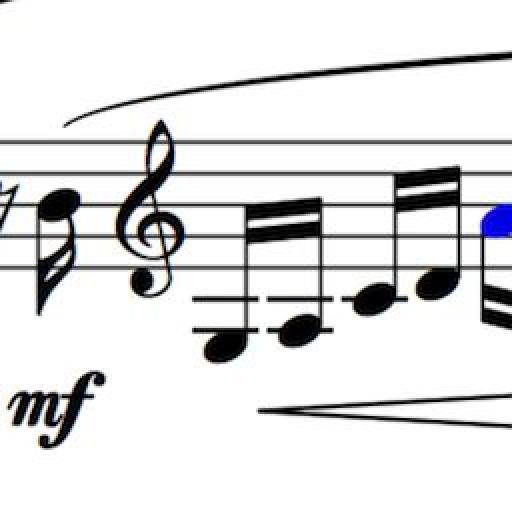Editor's Note: Read Part 1 of this diary here.
July 25, 2012 - just finished a Skype conference with a young harp virtuoso this morning. Next year, she'll be premiering a new concerto commissioned for her that I'm currently composing, on top of all the macProVideo Sibelius tutorials I'm creating this summer. After five solid years of full-on, big-sounding orchestrations of crossover shows and epic legends for orchestra, it's nice to finally work on something subtle and delicately textured. And strangely, I'm seeing places in this score that resonate with the Sibelius 7 102 Piano Score project just released.
One of the key factors in a composer/soloist relationship is for the composer to fine-tune the concerto score to exactly fit the instrument. The soloist gives me feedback, and shows me why certain ideas don't work, and how some ideas work even better than expected. In this case, I've just got back a scan of a preliminary solo part I sent her a couple months ago, showing how she'll be fingering the notes and distributing the phrasing across both hands. Right away, I'm seeing places that I should fix...
The beam groups are divided according to which hand I presume the harpist would most comfortably be using. Beams at the bottom represent left hand, and beams at the top are for the right. But this is just my best guess, and as you can see, my soloist has found a better way to divide the notes between her hands. She wants to play the first bass clef note in bar 26 with her left hand, then the next four with her right hand. Over the rest of bars 26 and 27, she is finding it more practical to play the notes in alternating groups of three. The upper brackets are for right-hand notes, the lower for left hand. The same exact scheme occurs in bars 30-31:
Adjusting the beam groups to match my soloist's hand positioning brings up a type of editing that I wish I'd had time to address in the mPV Sibelius 7 102 course. These odd beam groupings also occur in piano music, especially when the pianist's two hands are sharing an arpeggiated pattern.
Credit: Opening statement, Grieg Piano Concerto in A minor Ed. C.F. Peters, public domain score courtesy of IMSLP
This is easy to fix. First, to start by moving those treble clefs over by a note or two, so that the beam groups will not have to cross them. Once they're repositioned, I select both bars and enter Shift-Command-N (Shift-Control-N on Windows) to horizontally justify the new positions.
Now to use the Keypad, opening its panel window with the shortcut Option-Command-K (Alt-Control-K on Windows), and clicking to the third panel view titled “Beams/Tremolos.” First, I'll start with all the notes that need to be separated from beam groups, selecting them by clicking each one as I hold down the Command key and then clicking the “No Beam” button to get flags.
Next step is to split the beam groups on the second beat of both bars. I select the middle A-flat in both groups, then hit the “Start Beam” button on the keypad.
The F-flats after the fourth beat of both bars need to be joined to the beam groups that follow them. I select them both, and then click the same “Start Beam” button.
The last step is the easiest... I just select those A-flats that I split off two steps ago, along with the first group in the second bar, then type “X” to flip the stem directions. Now compare the beam groupings to my soloist's markings at the top. Not only will she be able to follow the hand divisions with more ease, but she'll also still see how the notes group over each beat.
There are clearer ways of notating this, but that would require an additional staff, and I want to keep it visually simple for the conductor. The soloist will be memorizing it anyway. All the same, I'll be going through the score carefully, to adjust things according to her recommendations, so that future soloists will find it as readable and playable for the harp as I can possibly make it. Back to work for me, but more updates soon!











 © 2024 Ask.Audio
A NonLinear Educating Company
© 2024 Ask.Audio
A NonLinear Educating Company
Discussion
Want to join the discussion?
Create an account or login to get started!